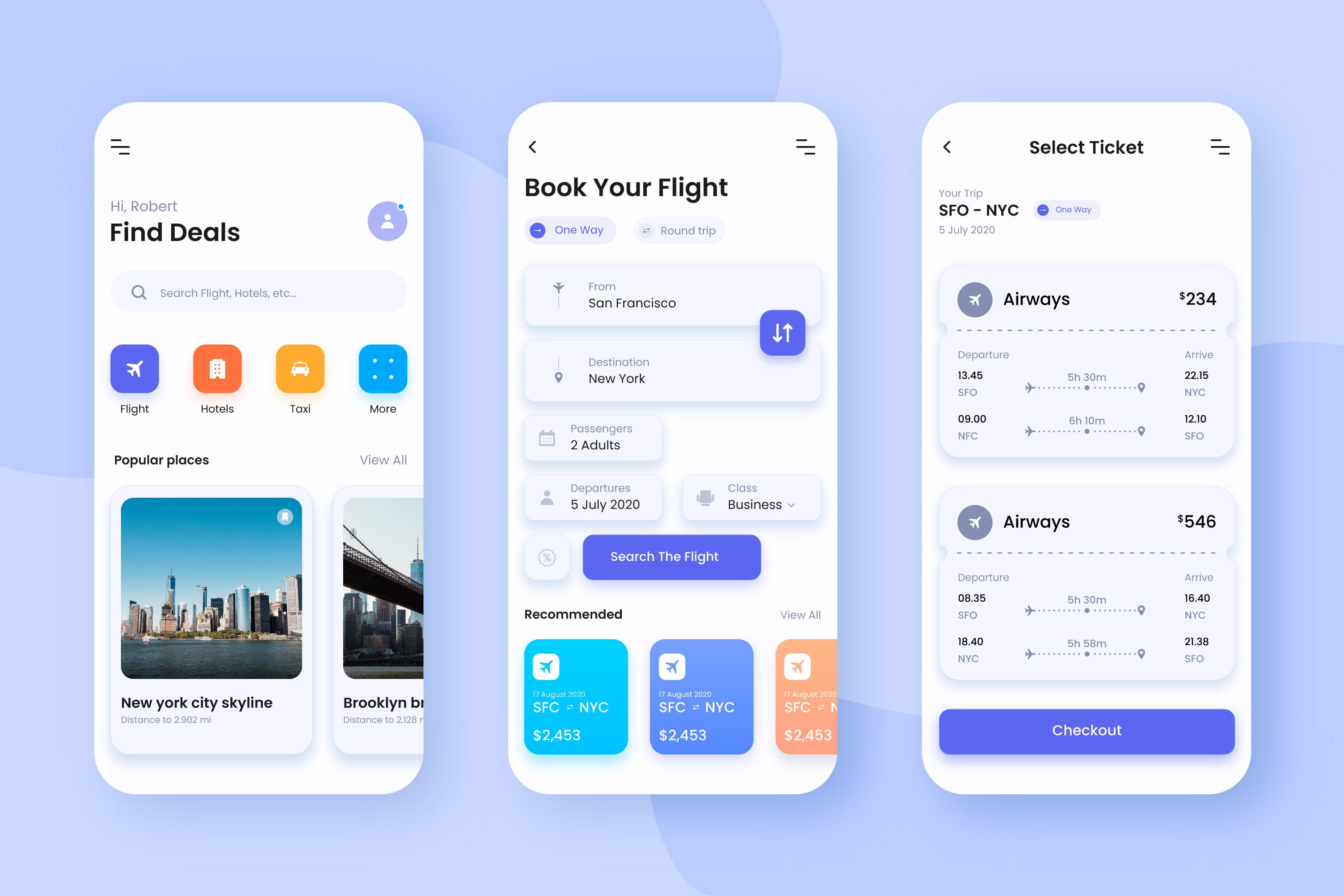Cross-Platform Application Development and Its Need
Cross-platform application development involves creating software that can run on multiple operating systems (OS), typically leveraging a single codebase. This approach allows developers to write the code once and deploy the application across various platforms, such as iOS, Android, Windows, and more. The need for cross-platform development arises from several key factors:
- Cost-Efficiency: Creating separate native apps for each platform requires dedicated development teams and resources. Cross-platform development significantly reduces costs by enabling the use of a single codebase for multiple platforms, thus optimizing resource allocation.
- Faster Development Time: Developing a single codebase that works on multiple platforms accelerates the development process, enabling quicker time-to-market for the application. This can be crucial in highly competitive markets.
- Broader Audience Reach: By targeting multiple platforms simultaneously, cross-platform apps can reach a larger audience, regardless of the device or OS they use. This is especially beneficial for businesses looking to maximize their user base and customer engagement.
- Consistent User Experience: Cross-platform development ensures a consistent look and feel of the app across different platforms, maintaining a unified user experience. This coherence enhances user satisfaction and fosters brand loyalty.
- Easier Maintenance and Updates: Maintaining a single codebase simplifies the process of implementing updates, fixing bugs, and adding new features. Developers can make changes that reflect across all platforms, reducing maintenance efforts and costs.
- Access to Native Features: Modern cross-platform frameworks provide access to native features, APIs, and functionalities, allowing developers to integrate platform-specific capabilities seamlessly into the app.
- Scalability: Cross-platform apps are inherently scalable, allowing businesses to expand their application's reach and capabilities as needed without extensive redevelopment efforts.
Some Famous Cross-Platform Application Development Frameworks
- React Native: Developed by Facebook, React Native is a widely used open-source framework for building mobile applications. It allows developers to use React and JavaScript to create cross-platform apps with a native look and feel.
- Flutter: Google's Flutter is an open-source UI software development toolkit for building natively compiled applications for mobile, web, and desktop from a single codebase. It utilizes the Dart programming language.
- Xamarin: Xamarin, owned by Microsoft, enables developers to build cross-platform mobile apps using C# and the .NET framework. It provides access to a wide range of native APIs and UI components.
- Ionic:Ionic is an open-source framework that uses web technologies (HTML, CSS, JavaScript) to build cross-platform mobile, web, and desktop applications. It offers a library of pre-built components and plugins.
- PhoneGap (Apache Cordova):Apache Cordova allows developers to build mobile apps using HTML, CSS, and JavaScript. PhoneGap is a distribution of Apache Cordova that provides additional tools and features for app development.
- Unity:Unity is a popular cross-platform game development framework that supports both 2D and 3D game development. It allows developers to target multiple platforms, including mobile, desktop, consoles, and more.
These frameworks empower developers to create powerful and feature-rich applications while taking advantage of cross-platform development benefits. The choice of framework depends on factors like project requirements, development team expertise, and the specific needs of the application.
Life Cycle For Cross-Platform Mobile App Development
The life cycle for cross-platform mobile app development involves a series of well-defined stages that guide the creation of a mobile application from conception to deployment and maintenance. Here's a comprehensive breakdown of the typical life cycle for mobile app development:
- Idea Generation and Research:
- Idea Generation: This stage involves brainstorming and conceptualizing the app's purpose, target audience, features, and overall goals.
- Market Research: Analyze the market, potential competitors, user needs, and trends to validate the app idea and identify opportunities.
- Requirements Gathering and Analysis:
- Define detailed requirements by conducting interviews, surveys, and workshops with stakeholders.
- Analyze gathered information to understand the project's scope, objectives, technical requirements, and constraints.
- Planning and Architecture:
- Develop a project plan outlining timelines, resource allocation, and budget.
- Create the app's architecture, defining the technology stack, databases, APIs, and system requirements.
- Design and Wireframing:
- Design the app's UI/UX, including wireframes and prototypes to visualize the app's layout, navigation, and interactions.
- Incorporate feedback from stakeholders to refine the design and ensure a seamless user experience.
- Development:
- Write the app's code according to the defined architecture and design specifications.
- Implement features, functionalities, and integrations while adhering to coding standards and best practices.
- Testing:
- Conduct various types of testing, such as functional, usability, performance, and security testing, to identify bugs, errors, or issues.
- Iteratively fix bugs and optimize the app based on the test results.
- Deployment:
- Prepare the app for release by packaging the code, creating necessary configurations, and setting up the deployment environment.
- Deploy the app to the respective app stores (e.g., Apple App Store, Google Play Store) or internal distribution channels.
- Launch and Marketing:
- Promote the app to the target audience through marketing strategies, advertisements, press releases, and social media campaigns.
- Gather feedback from initial users to identify areas for improvement and make necessary updates.
- Post-Launch Support and Maintenance:
- Monitor app performance, user feedback, and analytics to identify and address issues, optimize features, and plan future updates.
- Provide ongoing support, updates, security patches, and enhancements to ensure the app remains up-to-date and functional.
- Iterative Improvements:
- Continuously gather user feedback and data analytics to identify opportunities for enhancements and new features.
- Plan and implement updates to enhance the app's functionality, user experience, and performance.
The mobile app development life cycle is iterative and cyclical, allowing for ongoing improvements and updates to meet evolving user needs and market demands. Effective collaboration and communication among all stakeholders are key to the success of each stage in the development life cycle.
